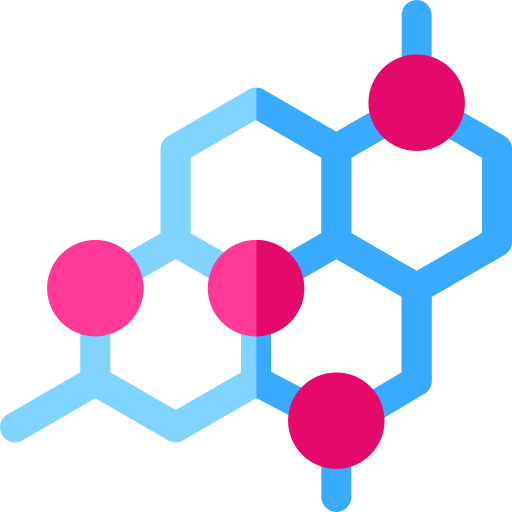
In the realm of skincare, innovative treatments constantly emerge to provide individuals with effective solutions for maintaining youthful and radiant skin. Among these advancements, Platelet-Rich Plasma (PRP) therapy has gained significant attention for its remarkable skin rejuvenation properties. This blog post will delve into the intricacies of PRP and explore how this revolutionary procedure breathes new life into the skin, offering a youthful glow and rejuvenated appearance.
Understanding PRP
PRP, an acronym for Platelet-Rich Plasma, is a cutting-edge treatment that taps into the body’s natural healing process. The procedure involves the extraction and concentration of platelets and growth factors from the patient’s own blood, which are then re-introduced into specific areas of the skin. This concentrated plasma is rich in bioactive substances that promote tissue repair and regeneration.
The PRP Skin Rejuvenation Process
The PRP skin rejuvenation process involves a series of steps that harness the power of platelets to stimulate collagen production, enhance skin texture, and improve overall skin quality.
Step 1: Consultation and Preparation
Before undergoing the PRP therapy, individuals typically consult with a qualified practitioner at a reputable clinic, such as The PRP Clinic in Leeds, serving the Whole UK including Bradford, Manchester, Hull, Newcastle and London. The consultation allows the practitioner to evaluate the patient’s skin concerns, discuss desired outcomes, and determine if PRP is the appropriate treatment.
Step 2: Blood Collection and Platelet Separation
During the treatment session, a small sample of the patient’s blood is drawn, similar to a routine blood test. The collected blood is then processed in a centrifuge to separate the platelet-rich plasma from the red and white blood cells.
Step 3: PRP Application
Once the PRP is prepared, it is meticulously applied to the target areas of the skin. The practitioner may use various techniques, such as microneedling or injection, to deliver the PRP into the desired layers of the skin. These techniques enhance the absorption and penetration of the PRP, maximizing its rejuvenating effects.
Step 4: Activation and Healing
After the PRP is applied, the platelets release growth factors that stimulate cellular regeneration, collagen production, and tissue repair. This initiates a natural healing response in the skin, gradually improving its texture, tone, and overall appearance.
The Benefits of PRP Skin Rejuvenation
1. Enhanced Collagen Production: PRP therapy stimulates the production of collagen, a vital protein that provides structure and elasticity to the skin. This increased collagen production leads to a reduction in fine lines, wrinkles, and skin laxity, resulting in a more youthful complexion.
2. Improved Skin Texture: By promoting cellular turnover and tissue regeneration, PRP therapy can improve skin texture, making it smoother, softer, and more vibrant.
3. Reduced Scarring and Hyperpigmentation: PRP has been found to diminish the appearance of acne scars, surgical scars, and hyperpigmentation. The growth factors present in PRP help break down scar tissue and promote the growth of healthy skin cells.
4. Natural and Safe: Since PRP utilizes the patient’s own blood, there is minimal risk of allergic reactions or adverse side effects. The treatment is considered safe and compatible with most skin types.
5. Minimal Downtime: PRP skin rejuvenation is a non-surgical procedure that typically requires minimal downtime. Individuals can resume their regular activities shortly after treatment, although some temporary redness or swelling may occur.
PRP skin rejuvenation, often referred to as the “vampire facial,” is a groundbreaking procedure that harnesses the power of the body’s own healing mechanisms to revitalize the skin. By promoting collagen production, enhancing skin texture, and reducing the appearance of scars and hyperpigmentation, PRP therapy offers individuals a natural and effective solution for achieving a more youthful and radiant complexion.
